HFCA Gets Going
The Act itself has a number of key provisions as follows:
If the SEC determines that a public company has three consecutive “non-inspection years,” beginning in 2021, the SEC would prohibit the company’s securities from being traded on a U.S. national securities exchange or an “over-the-counter” market subject to SEC regulations.
If, following the delisting of a company for noncompliance, the company certifies to the SEC that it has retained a registered public accounting firm that the PCAOB has inspected to the satisfaction of the SEC, the Act directs the SEC to end the prohibition on trading on U.S. securities markets.
If non-inspection recurs after the SEC ends a prohibition, the SEC will prohibit the company’s securities from being traded on a U.S. national securities exchange for at least five years. Such prohibition could only be removed if, after the end of the five-year period, the company certifies that it will retain an accounting firm that the PCAOB is able to inspect.
If the PCAOB can’t inspect the foreign accounting firm’s work, then the company will be required to submit to the SEC documentation certifying that the company is not owned or controlled by a governmental entity in the foreign jurisdiction in which its registered public accounting firm is located.
In addition, for each year that the PCAOB is unable to inspect a company’s accounting firm, the company will be required to disclose in a form filed with the SEC, among other things, the percentage of the company’s shares owned by governmental entities and its relationship with the Chinese Communist Party.
The amendments add:
Consistent with the HFCA Act, the amendments require the submission of documentation to the Commission establishing that such a registrant is not owned or controlled by a governmental entity in that foreign jurisdiction and also require disclosure in a foreign issuer’s annual report regarding the audit arrangements of, and governmental influence on, such registrants.
If the Commission identifies a ‘covered issuer’ that has retained registered public accounting firm to issue an audit report where the registered public accounting firm has a branch or office that is located in a foreign jurisdiction and the PCAOB is unable to inspect or investigate completely because of a position taken by an authority in the foreign jurisdiction. Registrants so identified (“Commission-Identified Issuers”) are required to submit documentation to the Commission that establishes that they are not owned or controlled by a governmental entity in that foreign jurisdiction. In addition, the registrant is required to submit documentation to the Commission that establishes that they are not owned or controlled by a governmental entity in that foreign jurisdiction, and includes a requirement for disclosure of state influence and the names of Chinese Communist Party members on company boards.
All in, the Act and the more detailed amendments are an indication that the tension between the Chinese government and the US government under the Biden Administration is not going to ease, as domestic Chinese regulations ban businesses from giving foreign regulators access to accounting documents without government approval. While the new rules will likely not cause a mass move for Chinese companies already listed on US exchanges, it will encourage dual listing on other exchanges such as Hong Kong, although valuations in Hong Kong tend to be lower than in the US, and while Chinese exchanges such as STAR are able to tap into the Chinese investor base, especially for young companies, they don’t have global access like US markets. Luckily there is time for the US and China to discuss ways to keep these issues from becoming more onerous but similar talks have been ongoing for years. While the odds are such disclosures would not reveal much information that was not already assumed or implied… “It isn’t the original scandal that gets people in the most trouble – It’s the attempted cover-up” – Tom Petri (R).
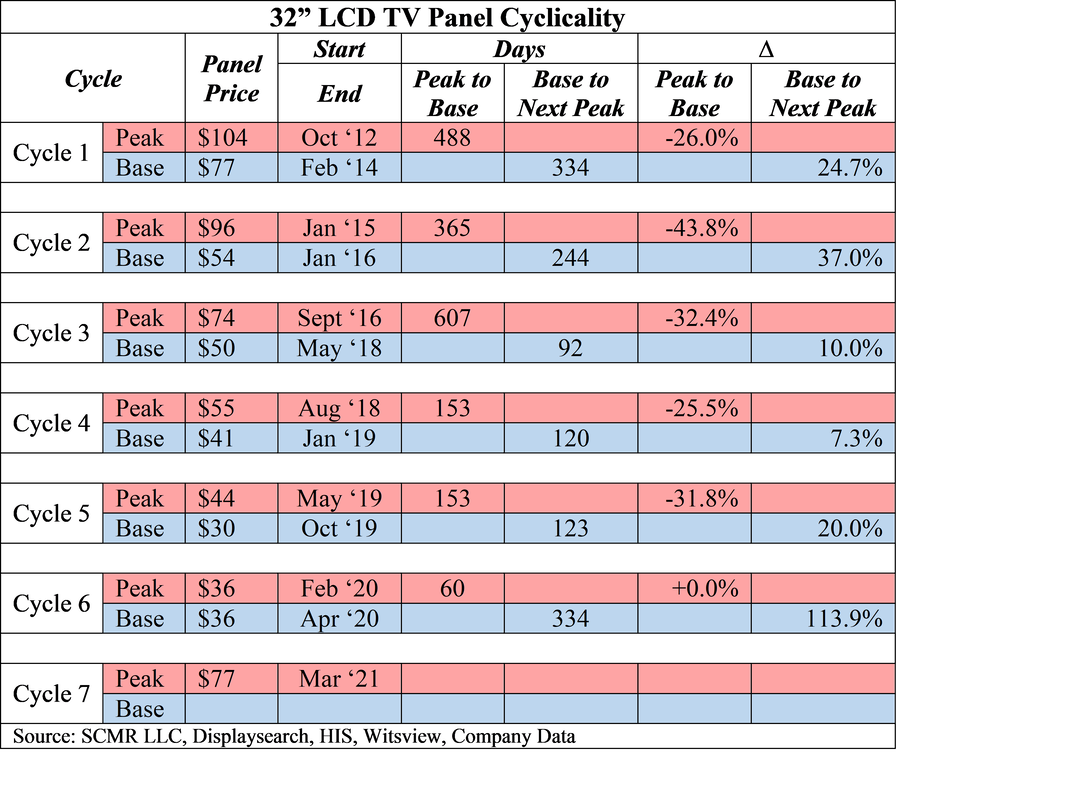
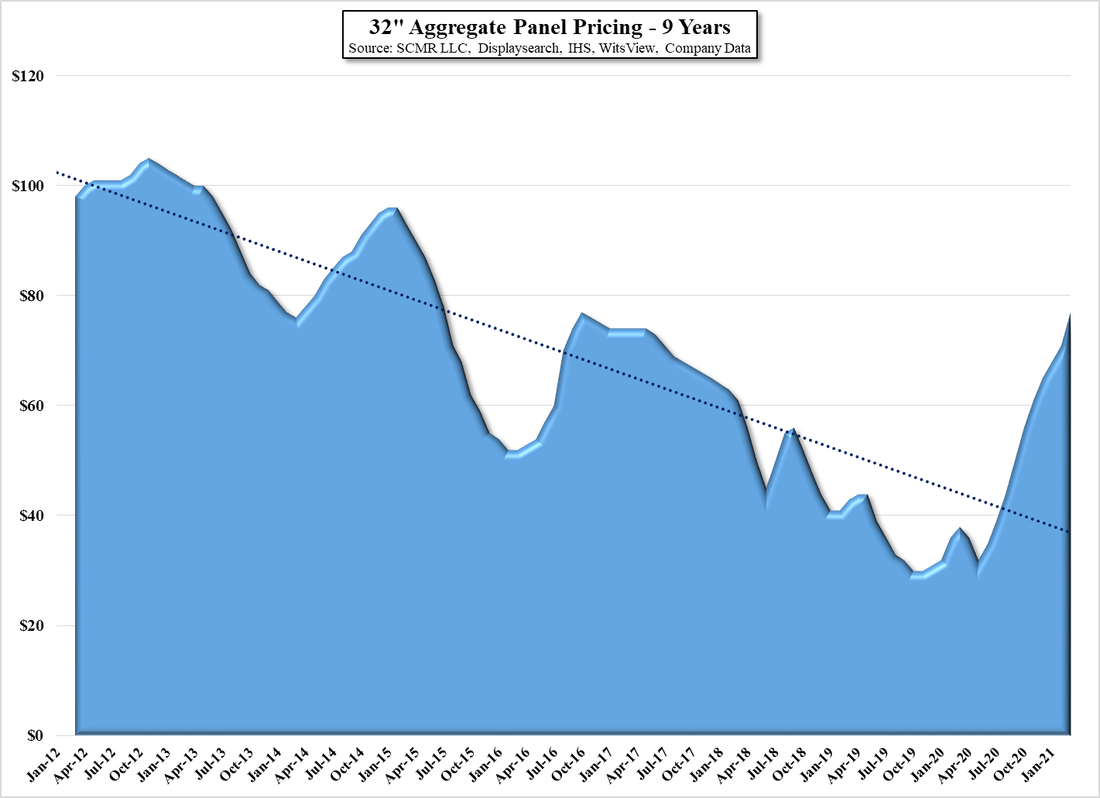
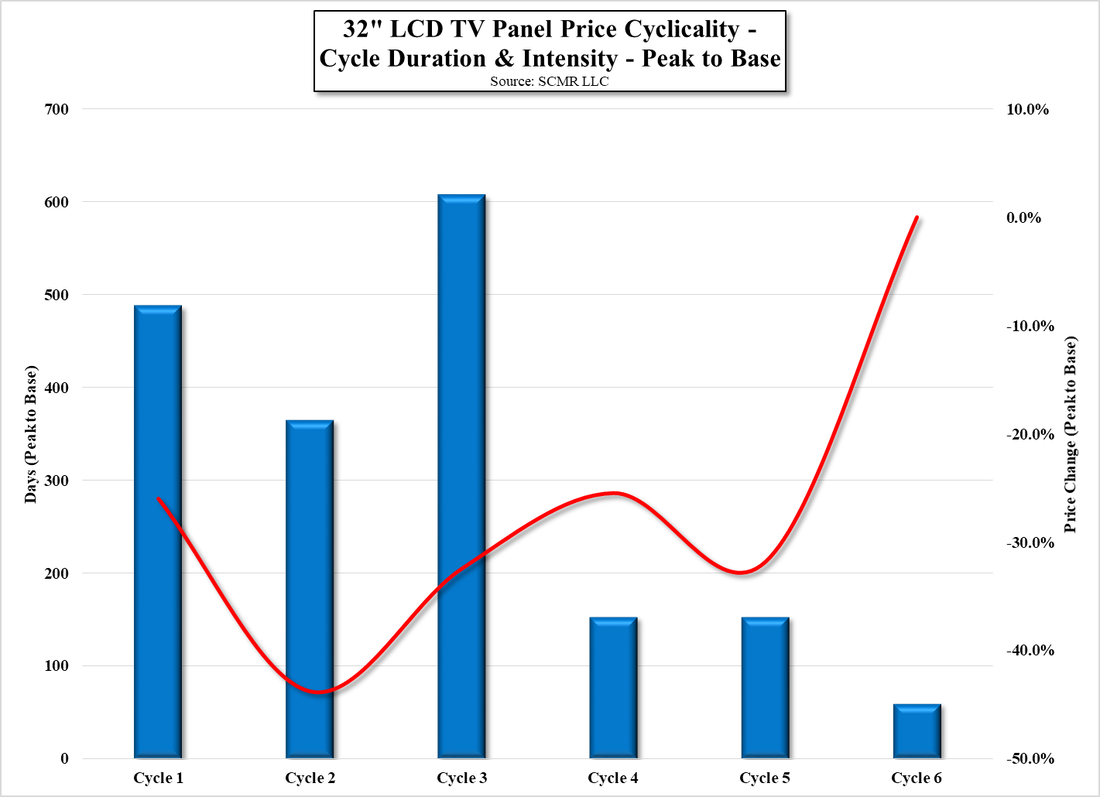
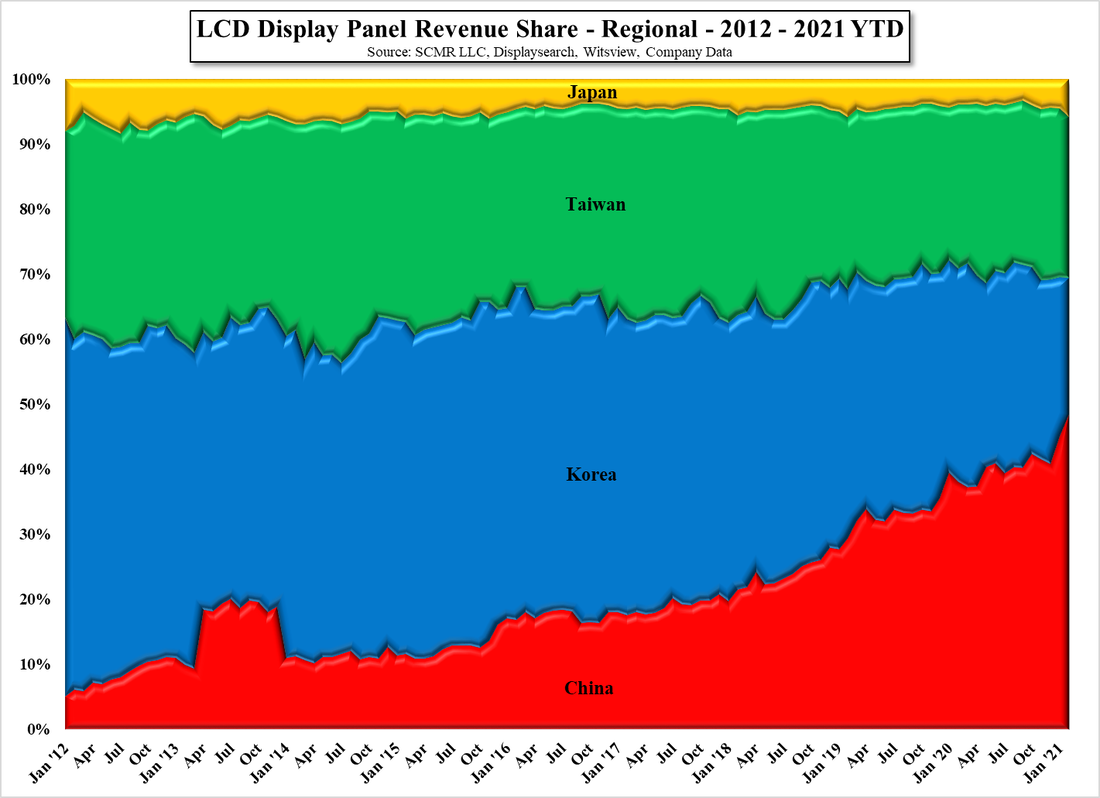
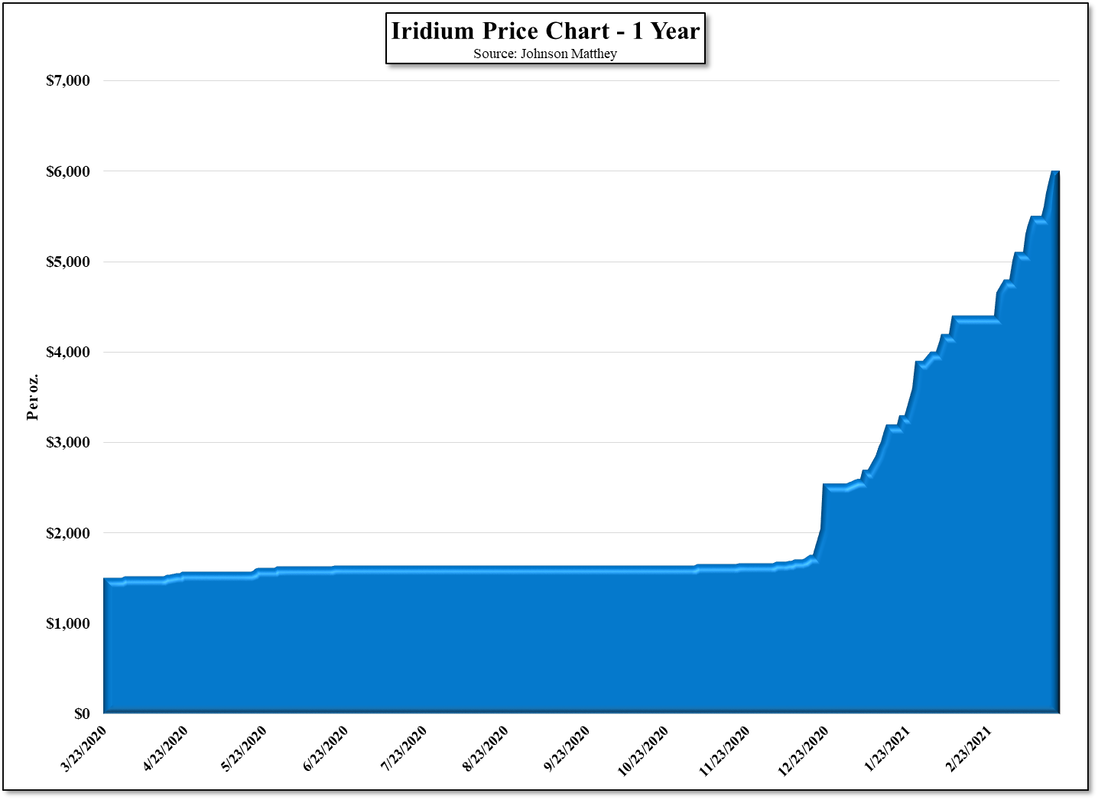

 RSS Feed
RSS Feed